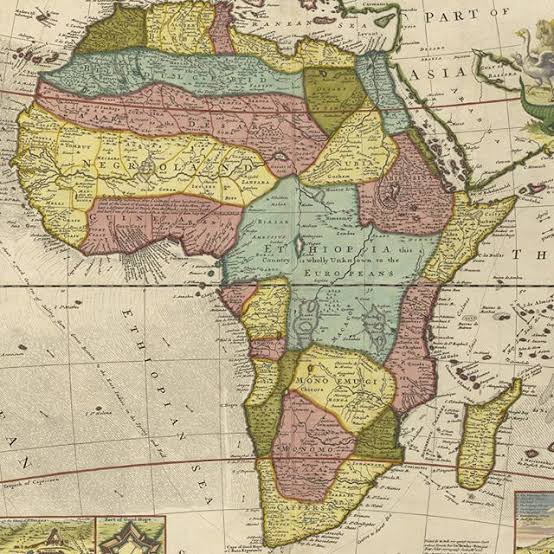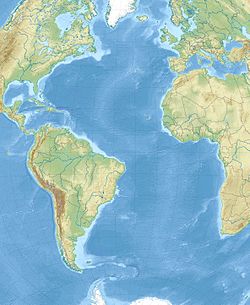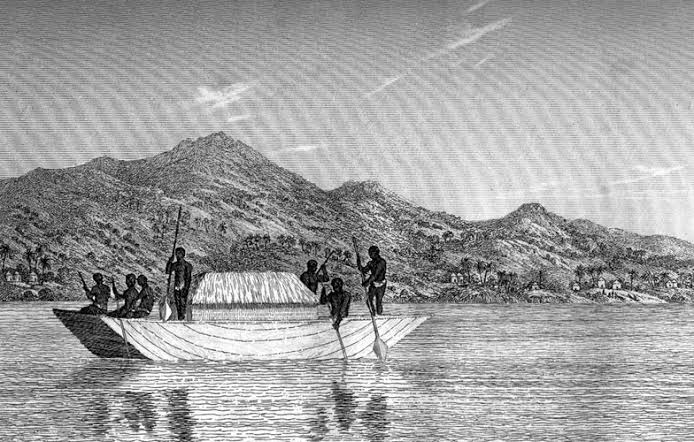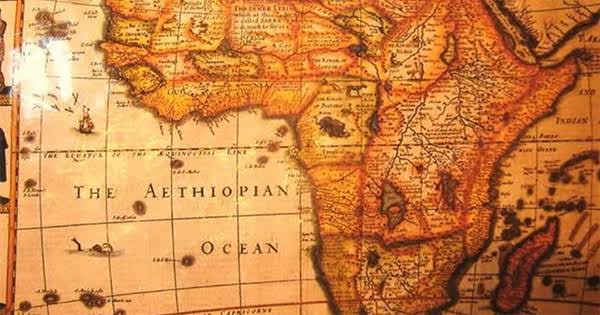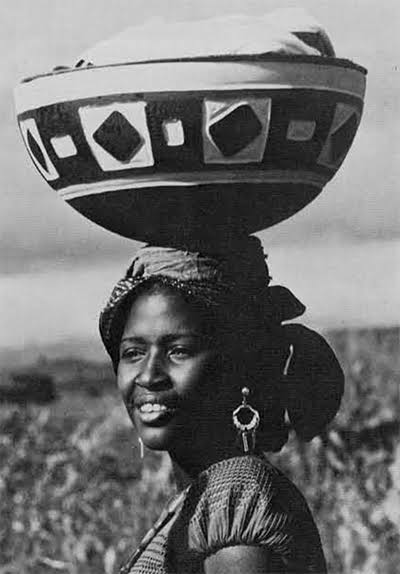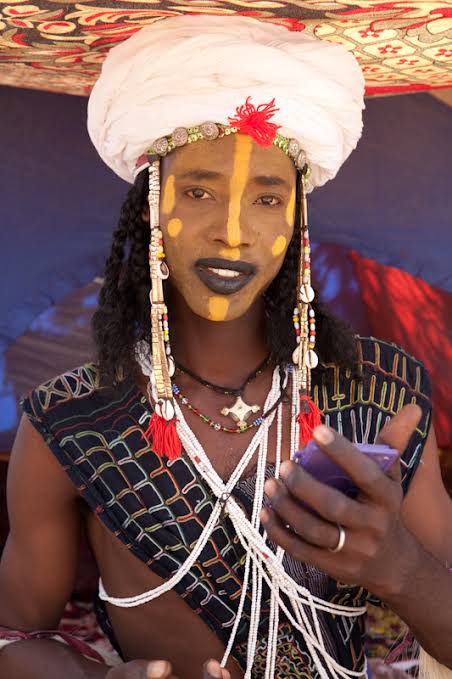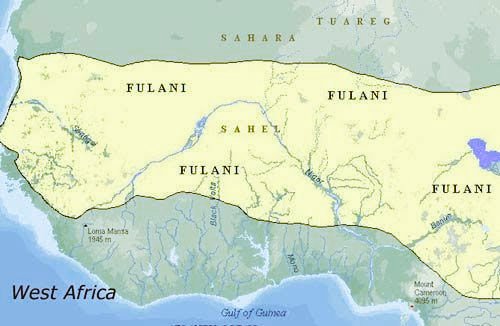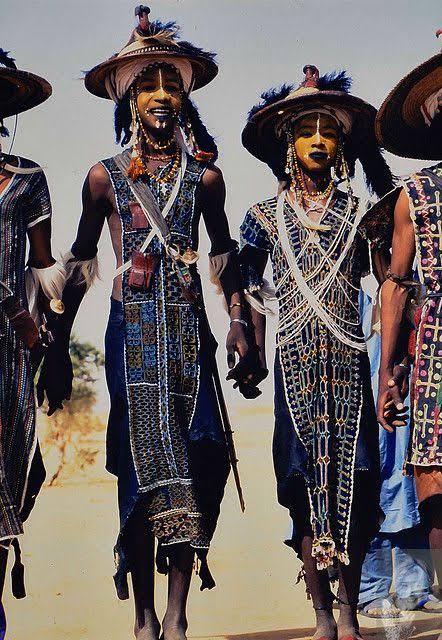
Queen of Sheba (Queen Makeda) An African intelligent queen.
___
She is referenced to have been a wise, wealthy and very influential ruler who had to meet King Solomon to verify reports of his intelligence and after a series of examinations, she showered him with valuable gifts.



___
She is referenced to have been a wise, wealthy and very influential ruler who had to meet King Solomon to verify reports of his intelligence and after a series of examinations, she showered him with valuable gifts.
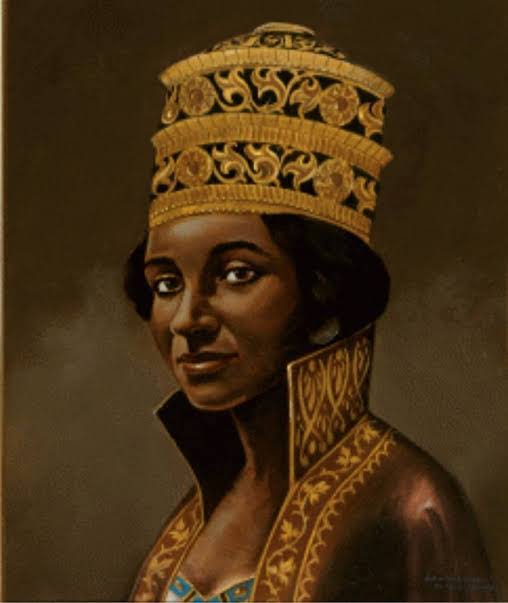
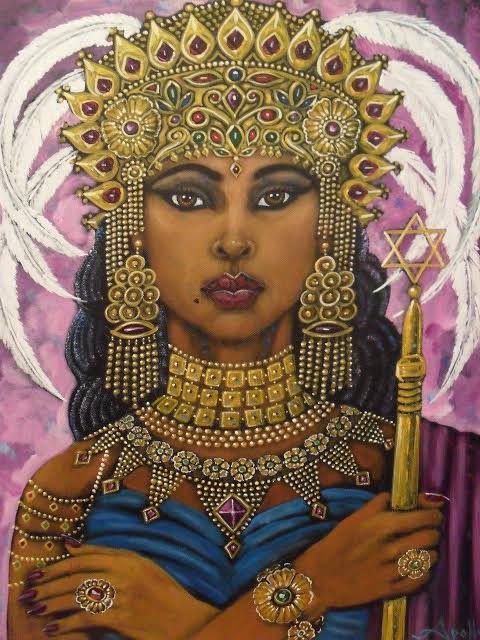

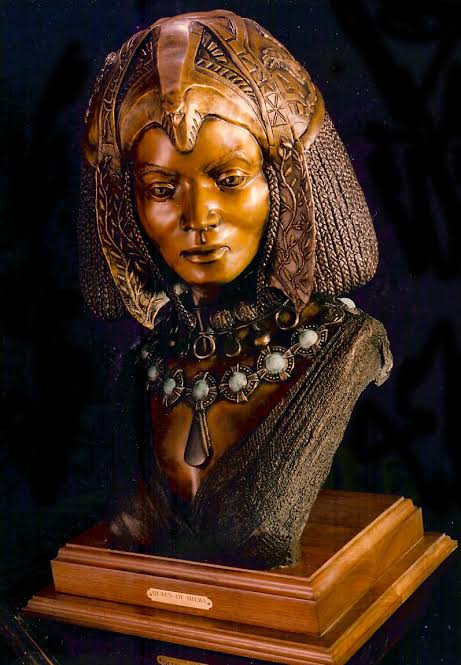
Many religious texts, including the Bible, Quran, Targum Sheni, and ancient Ethiopian work, Kebra Negas, reference Makeda, the Queen of Sheba in present-day Ethiopia and south western Yemen. 

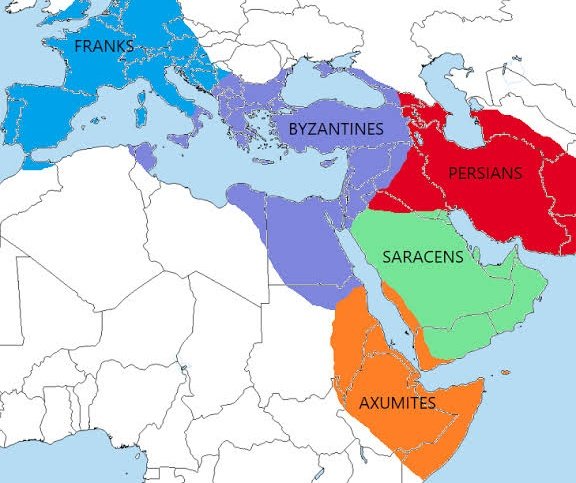

Queen of Sheba, Arabic Bilqīs, Ethiopian Makeda, (thrived 10th century BCE), as per Jewish and Islamic traditions, queen of the Saba (or Sheba) Kingdom in Southwest Arabia and Axum (now Ethiopia). In the biblical account of King Salomon’s reign. 

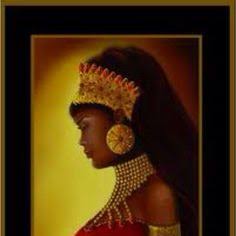
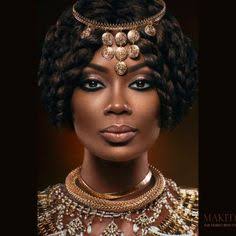
She attended King Solomon court at the head of a camel caravan carrying gold, gems, and spices.
The history is proof of the existence of significant trade ties between ancient Israel and Arabia.
The history is proof of the existence of significant trade ties between ancient Israel and Arabia.
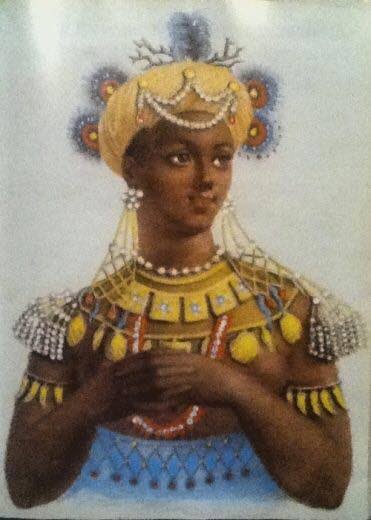
The object of her visit, according to the Bible, was to test the wisdom of Solomon by asking him to solve a series of riddles. The story of Bilqīs, as the Queen of Sheba is known in Islamic tradition, appears in the Qurān, although not specifically by name, it's been embellish. 
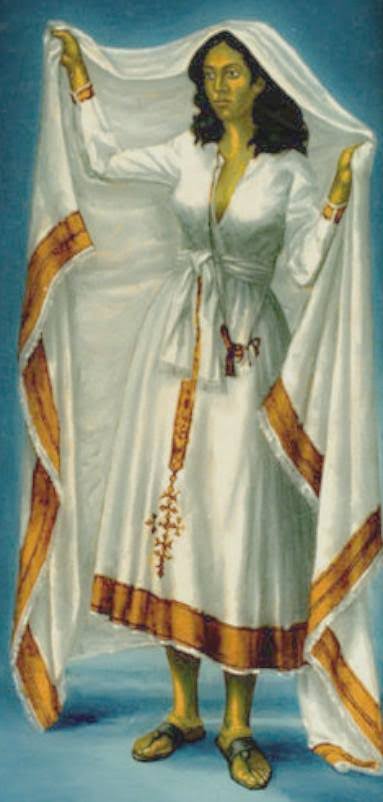
The Queen of Sheba appears as a leading character in the story of the Kebra Nagast (“King’s Glory”), the Ethiopian national epic and creation. According to this story, after learning about his wisdom the Queen of Sheba (called Makeda) visited the court of Solomon. 
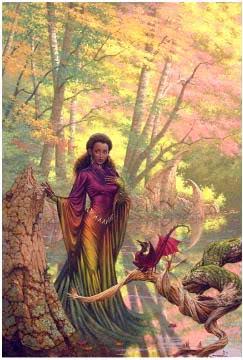
Queen Sheba stayed there for six months learning from Solomon.She was tricked by the king into his room on the last night of her stay and she got pregnant. 
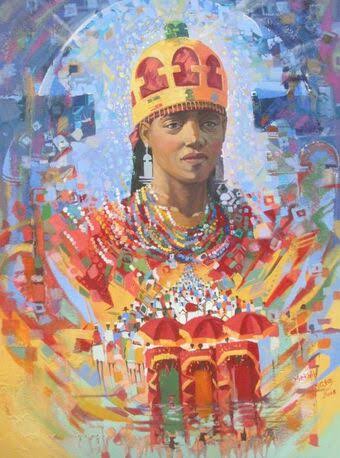
She went back to her kingdom where she gave birth to Menilek, a son of Solomon. Menilek I was made a king and thereby established Ethiopia’s ruling Solomonic dynasty, which existed until the downfall of Haile Selassie I in 1974. 
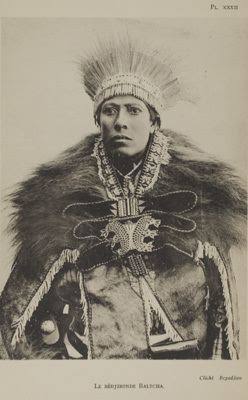
To know more about ancient African civilization and history check my likes and follow me to see my future post. 
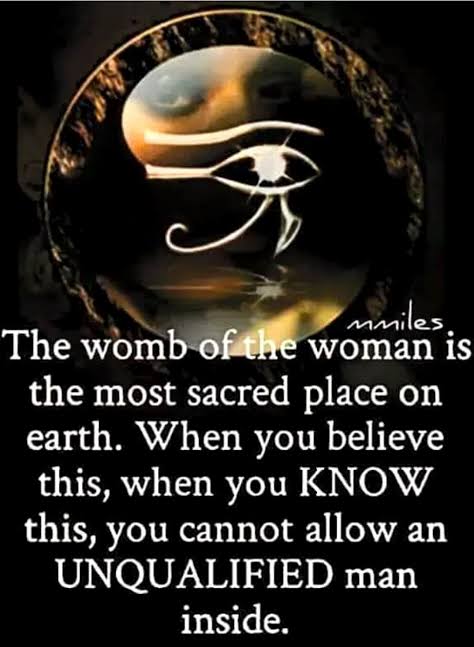
@threadreaderapp unroll
• • •
Missing some Tweet in this thread? You can try to
force a refresh

























